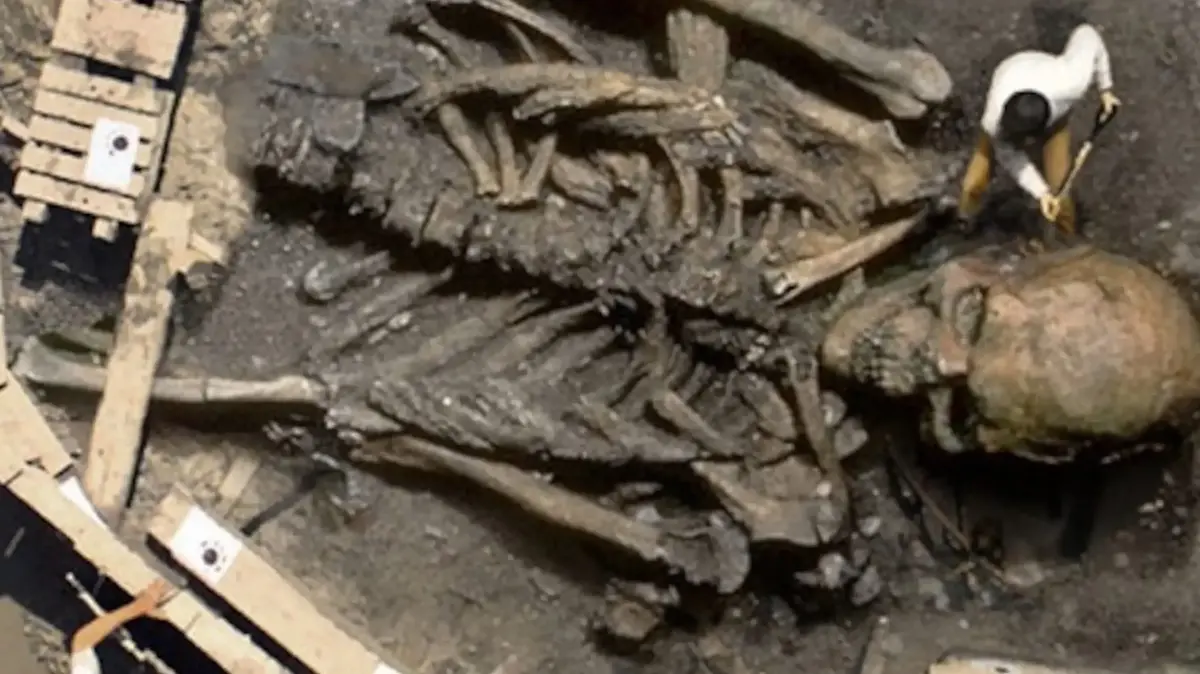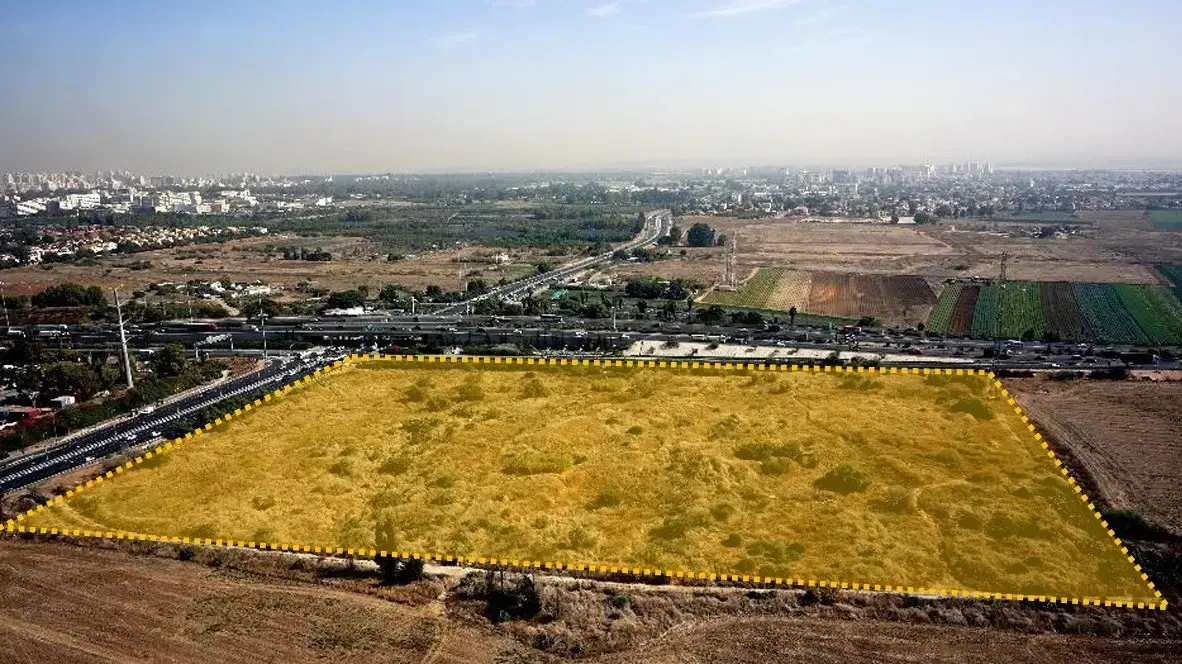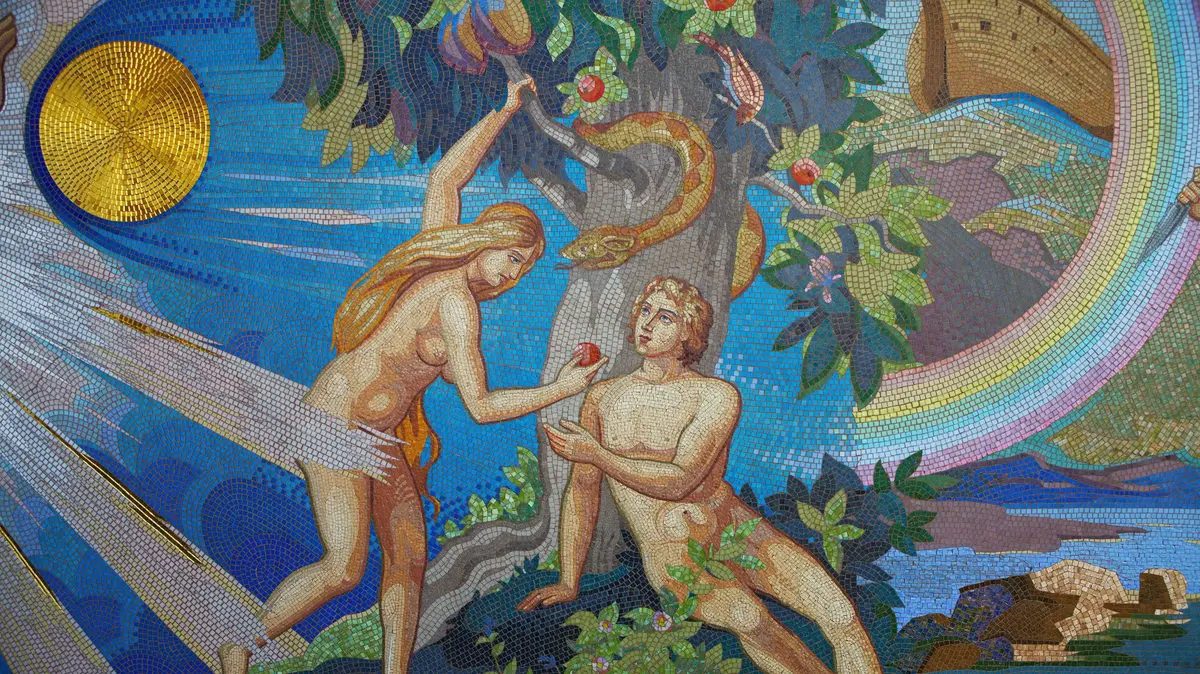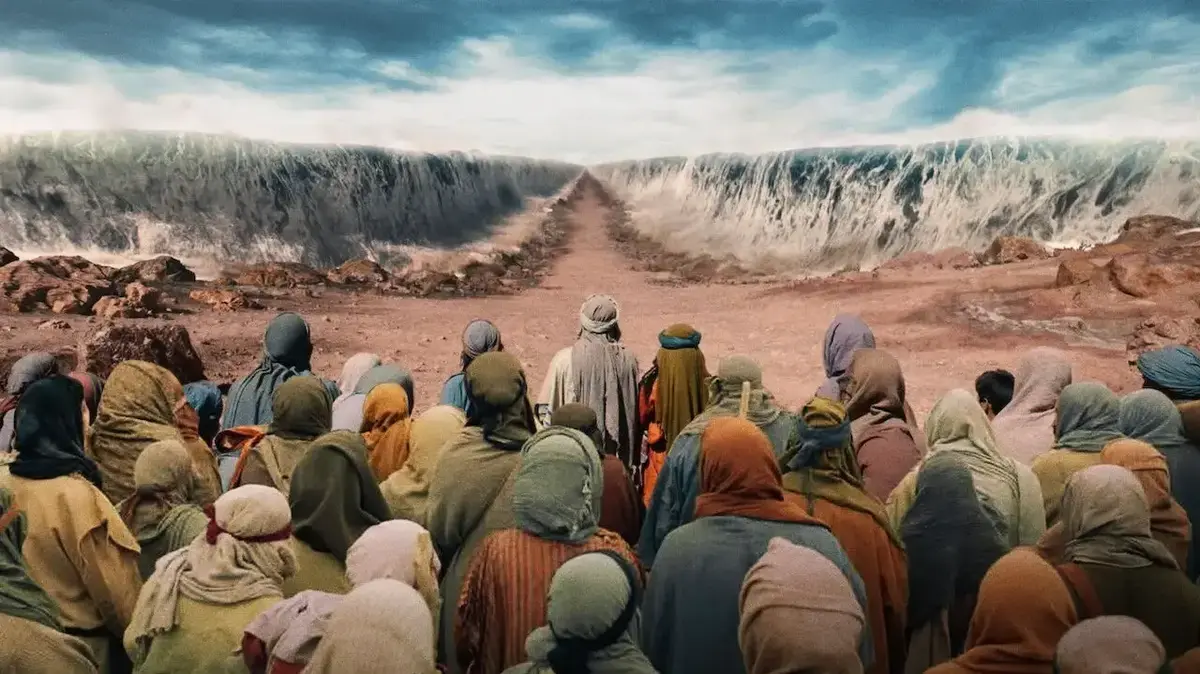Tourism
news
A biblical scholar claims that there is evidence at Tel Lachish that proves the truth of the biblical story
A professor who studies the Bible claims that there are solid archeological finds that support and strengthen the historical record of the biblical story: "The names of over 100 people mentioned in the Bible were found on archeological objects, but this is the most amazing find."
Tags
Tel Lachish
Archaeologists
The Bible
Not to be missed
Friday, 04 September 2020, 00:01
Share on Facebook
Share on WhatsApp
Share on general
Share on general
Share on Twitter
Share on Email
0 comments
A tourism video calling on the residents of Dubai and Abu Dhabi to arrive ...
5 shekel coin against the background of the proteolytic title of a structure ...
An Indonesian tribe celebrating with the dead
An ice ship in Antarctica
Belly dancer Sarah Rattley
A fortress from the time of the judges was discovered near Kibbutz Galon
Alaska
Leonardo Jerusalem Boutique
Gate Temple and finds from the First Temple period were found at Tel Lachish (Israel Antiquities Authority)
The Bible is the holy book of the Jews, and there are also hundreds of millions of Christians who believe that it documents the story of the people of Israel and that the New Testament describes the story of Jesus' life and death. But many see it as a purely spiritual document, so many experts try to prove the Bible Is in fact a historical record of the Middle East.
One of them is Professor Tom Meyer, a biblical and theological scholar from Shasta College in California.
Meyer believes there is solid archaeological evidence to support that the Bible is the historical record. In a conversation with the Daily Express he said he has a variety of examples of this, such as the one that the Bible correctly predicted the destruction and devastation of the city of Lachish.
More on Walla!
NEWS
Another step to uncover the truth: Was the place where the biblical Ark of the Covenant was placed discovered?
To the full article
Excavations at Tel Lachish (Getty Images)
More in "Do Not Miss"
The Indonesian tribe that takes the dead out of their graves, dresses and lights a cigarette for them as part of an ancient tradition
A biblical expert claims that there is evidence in Jerusalem of the biblical story of Jonah and the whale
Investigators claim that Nebuchadnezzar suffered from a mental disorder that led him to believe he was a cow
Get to know the revolutionary development for anti-aging treatments at home and within a few weeks you will be able to see a change in your facial skin and everything is within your reach!
Lachish was built as a large and fortified Canaanite city around 1,800 BC in the Middle Bronze Age.
This city was destroyed by the Egyptians around 1,550 BC and a new city was built on its ruins in the Late Bronze Age.
Lachish was one of the most important Canaanite cities in the Land of Israel, and its people controlled large parts of the Judean plain, and it is mentioned in various Egyptian sources.
This city underwent two destructions - one around 1200 BC and the final destruction around 1150 BC, from which it failed to recover.
Its power allowed it to be one of the few Canaanite cities that survived into the 12th century BCE.
The Bible recognizes both the Lachish Joshua conquered Canaanite cities "and Itn Lord At Lcis Bid Israel and Ilcdh Biom Hsni and Ich cooked to sword and At Cl Hnfs Asr Bh Ccl Asr Ash Llbnh" (Joshua J. XXXII).
It is not clear to scholars who destroyed the two Late Bronze Age cities built in Lachish, one on top of the other.
"Maybe the Egyptians who ruled the country then, maybe a war with another Canaanite city, maybe the Israelites as it is written in the Bible, and maybe the Philistines who took over the southern coastal plain and parts of the lowlands at that time," says Prof. Yossi Garfinkel of the Hebrew University Institute of Archeology.
The proof - in the Lachish reliefs found in Nineveh
But Prof. Meyer is sure that Lachish is the proof to write in the Bible. "The names of over 100 people mentioned in the Bible were found on archeological objects," Meyer says, "but one of the most amazing finds was discovered by a British archaeologist named Austin Henry Laird during his excavations. Between 1845 and 1847. Inside King Sennacherib's palace in ancient Nineveh, the capital of Assyria, near present-day Mosul (northern Iraq): Laird found a series of reliefs and photographs depicting one of the most famous Bible battles and King Sennacherib's impressive military conquest.
The relief that was found and is called "The Siege of Lachish" is now on display in the British Museum.
"It describes the famous battle of the Assyrian king in the biblical city of Lachish."
Lachish Relief (Photo: The British Museum)
This relief presents a realistic depiction of the conquest of Lachish in 701 BCE by the Assyrian army.
The importance of this victory in the eyes of the Assyrians is highlighted in light of the fact that it adorned the walls of an entire hall at Sennacherib Palace in Nineveh.
To the left are the Assyrian soldiers, armed from head to toe, storming the city with a battery and a siege ram to hit the wall.
In front of them the Jewish defenders, arrows and torches are rained on the tops of the wall and slingshots are rolled on them.
In the center, the Assyrians condemn prisoners on wooden poles and carry the spoils of the city, while families of Jewish refugees go into exile and their property is loaded on wagons.
On the right of the relief is Sennacherib, who reviews the procession of prisoners and loot.
The inscription reads: "Sennacherib king of the world, king of the land of Assyria, sat on a throne and the spoils of the city of Lachish passed before him."
According to Prof. Meyer, "the relief depicting the siege of Lachish is one of the rare cases in which archaeologists have found an ancient relief or 'picture' that completes an event described in the Bible."
Share on Facebook
Share on WhatsApp
Share on general
Share on general
Share on Twitter
Share on Email
0 comments







